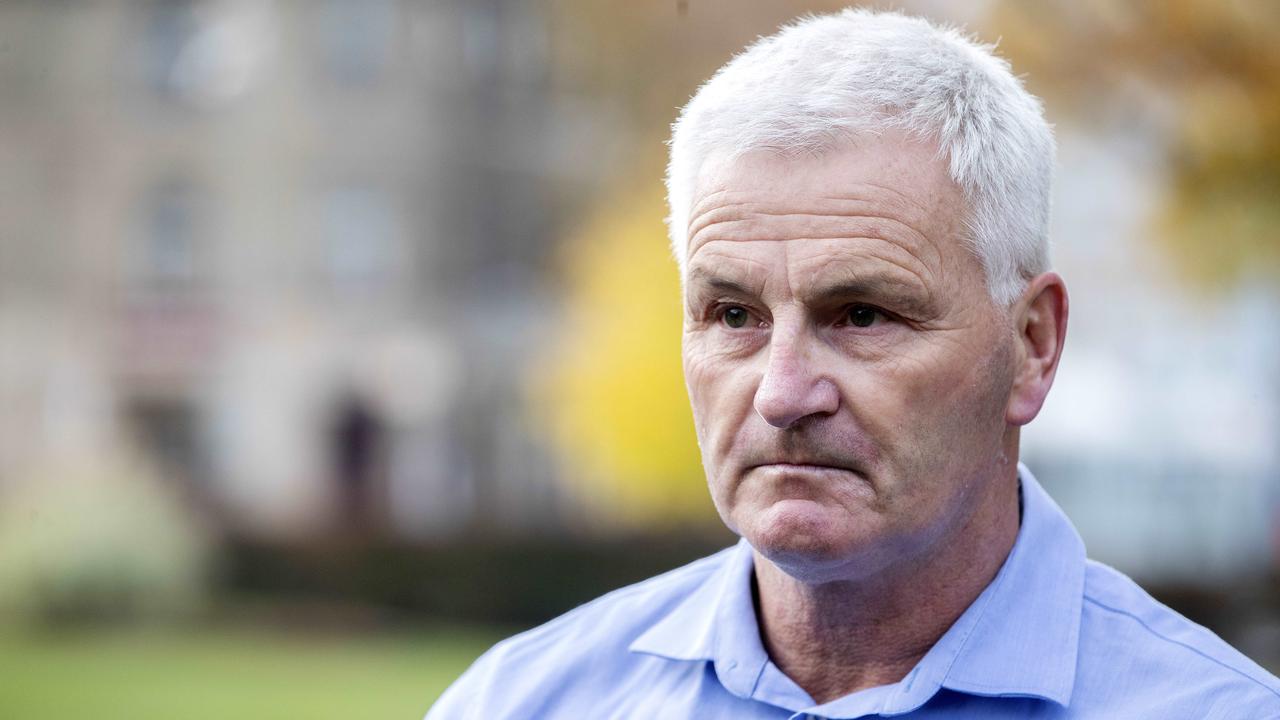Tasmania’s Premier Jeremy Rockliff defends Covid response as inquiry begins
An inquiry into Tasmania’s Covid-19 response has heard health workers were on holiday during Christmas break when Omicron tore through the state when borders reopened. LATEST UPDATES >>
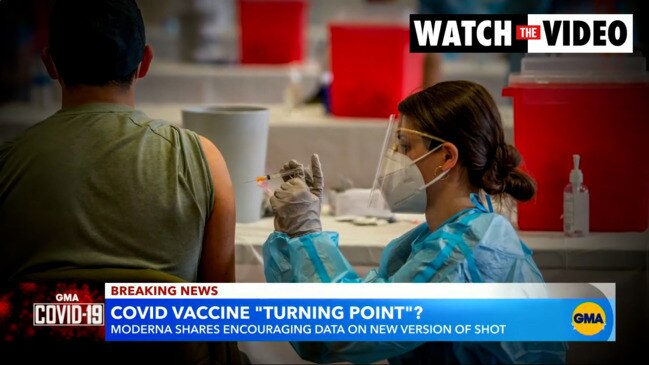
Coronavirus
Don't miss out on the headlines from Coronavirus. Followed categories will be added to My News.
The Tasmanian government opened the border just before the “hardest weeks of the year” for the state’s overwhelmed hospital system, a Covid inquiry has heard.
Health commander Kathrine Morgan-Wicks said many health workers were on holiday during Christmas break when Omicron tore through the state.
“From a Tasmanian perspective the brunt was really felt in unfortunately the hardest week of the year to staff any service, which was between Christmas Day and New Year’s Day,” Ms Morgan-Wicks said.
“Certainly we had prepared to conduct thousands of tests in that time and certainly we threw every available staff member, including bringing staff back from leave, into operating those PCR tests as it then was.”
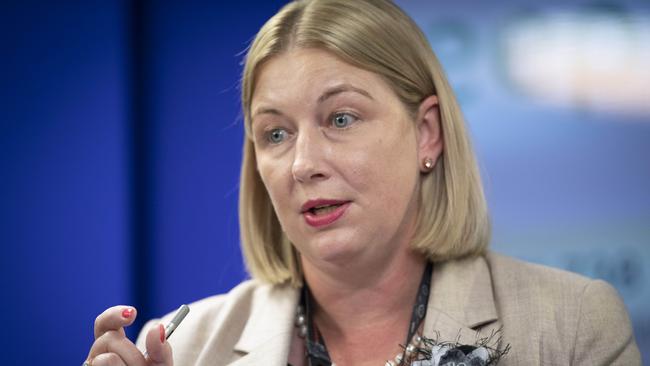
Premier Jeremy Rockliff said they had not expected the sheer infectiousness of the Omicron strain, which ended up being magnitudes more transmissible than previous modelling.
Mr Rockliff said they had been acting on available data at the time, and had acted swiftly to change their plans in the face of the unexpected Omicron variant.
“We managed as best as we possibly could at the time and we were supported by some very capable people throughout government,” Mr Rockliff said.
“People across departments, people on the ground were incredibly adaptable to what was very clearly over Christmas a very, very challenging time as Ms Morgan-Wicks said.”
Tasmania’s health system continues to feel the consequences as hospital waiting lists stretch on for years.
Friday’s outpatient waiting list data for Southern Tasmania shows a 831 day waiting time for “urgent” brain surgery and a 504 day waiting time for urgent paediatric medicine.
The waiting time for “non-urgent” brain surgery in Southern Tasmania is 2420 days, or 6.6 years.
Waiting times for nearly all wards are significantly higher than pre-Covid levels, although not as bad as during the height of the pandemic.
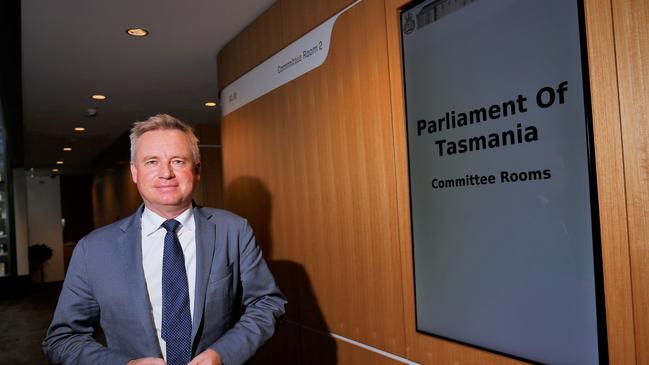
Premier Rockliff said they had increased the number of hospital bed spaces in the lead-up to the December 15 border opening.
Since July 2021 the government added 146 hospital bed spaces, including 41 in private hospitals as part of a special arrangement with the private sector.
Despite this, Mr Rockliff bed spaces were still in very high demand throughout Tasmania.
“We recognise the outpatient waiting list, while it has decreased, is still way, way too high,” Mr Rockliff said.
“Even though it’s a preparation in response to the borders opening, [due to] the impact of the pandemic and Covid, those beds have been well utilised.”
Friday’s Covid statistics showed 1018 new infections, 5445 total active cases, three Covid patients in the ECU, and 181,496 released from isolation.
More than a third of Tasmanians have now had Covid at some point, and are among the most vaccinated population in Australia at above 99 per cent.
A Covid patient in his 80s died in Southern Tasmania, bringing the state’s total death toll to 89.
Omicron spread forced authorities to ditch contact tracing
Omicron forced the Tasmanian government to scale-down and then abandon its contact tracing efforts, which became “impractical” due to the sheer scale of the outbreak.
The admissions were made during Friday’s inquiry into the Tasmanian government’s response into the Covid-19 pandemic.
Earlier during the pandemic the government had tried to list specific businesses and sites as Covid hotspots, but Dr Mark Veitch said that quickly became unworkable as the sites spread.
Dr Veitch said the whole of Tasmania quickly became an at-risk site, quickly rendering their efforts “futile” when it came to tracking individual hotspots.
“Most of the planning we did was built around the prospects of a strain that had more or less the same transmission dynamics of the Delta strain,” Dr Veitch said.
“As the numbers mounted very quickly with Omicron it became quite clear that to ask people where they’d been when they’d potentially been infectious - it quickly turned out to be Tasmania as a whole.
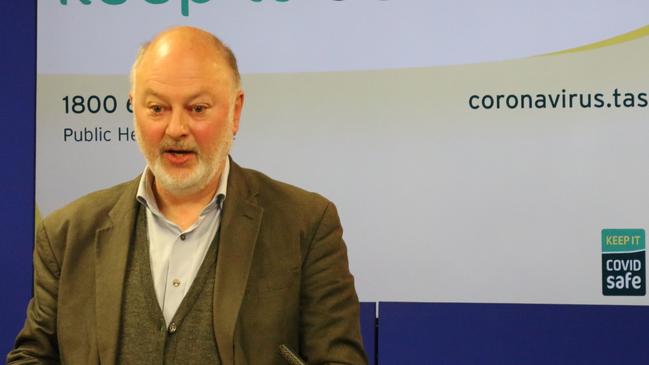
“It would be misleading to the public to be overly specific when we needed a really general cautionary approach.”
The use of the Check-in Tas app was strictly enforced in the beginning, but gradually wound down and stopped altogether in most venues.
Labor MP Josh Willie asked when the government stopped using the data from the Check-in Tas app, given how long people were asked to keep using the app.
“From my memory we were still checking into a lot of business and I think people thought the government wasn’t using the data towards the end,” Mr Willie said.
Mr Rockliff said the app was part of the government’s initial “aggressive containment strategy”, which was eventually dropped in all settings from 2 May this year.
“The Check-in Tas app was a key resource for pursuing the elimination/containment strategy for Covid-19,” Mr Rockliff said.
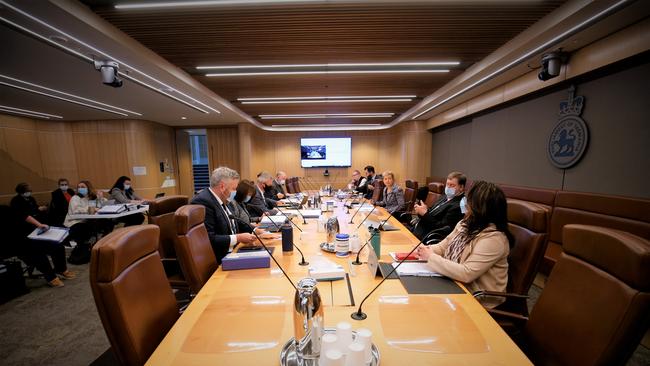
Dr Veitch said the Check-in app’s initial usefulness began to wear thin as the caseloads became too overwhelming to keep track of.
In the later stages Dr Veitch said the Check-in rules had been kept only in high-risk settings and events just as a precautionary measure.
“I think it’s fair to say it was a just-in-case mechanism in case we needed to deal with a large outbreak in those settings,” Dr Veitch said.
“Its use, as the premier just mentioned, as an aggressive containment strategy… it became futile to achieve that end when Omicron became very widespread.”
Covid costs mount as Tasmania sinks deeper into debt
Tasmania continues to sink further and further into debt as the costs of Covid pile up.
The Tasmanian government has spent $85.7 million on PPE since the pandemic, including 41,000 litres of hand sanitiser, 20.2 million gloves, and four million surgical masks.
Taxpayers spent $6.98 million on the Covid@home program, including $1.5m on the kits, 1m for staff, $3.3m on communications, and $380k on contractors.
Premier Jeremy Rockliff said the costs were offset by the reduced caseloads in Tasmania’s emergency departments.
Mr Rockliff said in the first 150 of the program, Covid@home patients had a 49 per cent reduced chance of attending the ED than the general population.
Testing clinics cost taxpayers around $20.29m, split about half and half between the state and federal governments.
Testing clinic wages were $6.7, waste removal was $427k, contractors were $878k, freight was $358k, communications was $523k.
During the six months period from September to March, the taxpayer burden of three Covid quarantine hotels was $8.9m.
That included $1.74m in rent, $508k security, $216k contractors, $153k operational costs.
Tasmania is expected to sink $5.2 billion into the red by 2026, according to the 2022/23 state budget handed down in May.
The grim figures showed that the state’s deficit was $474m, debt was $2.9b, and expenditure was $8.32b.
‘Difficult to sell’: Why the 5-11yo Covid vaccine rate stagnated
An inquiry is grilling the Tasmanian Government into its Covid response since their decision to reopen the borders on December 15.
The parliamentary inquiry will hear today from premier Jeremy Rockliff, Mark Veitch, Kathrine Morgan-Wicks, and other government officials.
During his opening statement Mr Rockliff defended the government’s track record in responding to the Covid-19 pandemic.
“The government ensured we had in place the necessary health, social, and economic measures to minimise the impacts of opening our borders,” Mr Rockliff said.
“A response to the Covid-19 pandemic has demonstrated the resilience of the Tasmanian community and the strong partnerships that exist within our communities.”
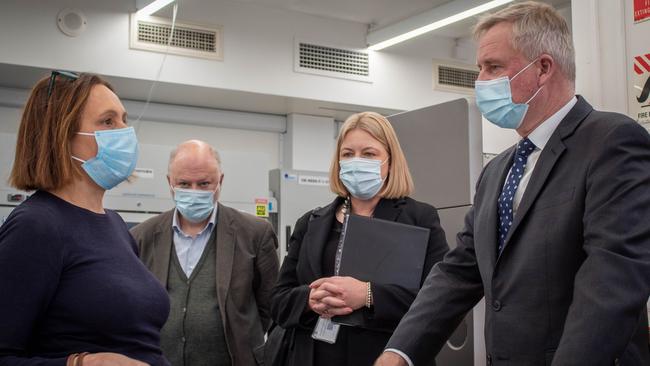
The border reopening on December 15 was justified using modelling from the Kirby Institute, which predicted Tasmania would only see 69,000 infections in the first 200 days of opening.
The modelling predicted an average of 345 per day during the 200-day peak before gradually tapering off.
In reality the spread of Covid-19 ended up being magnitudes higher, with infection rates regularly above 1000 per day even months after the border opening.
Mr Rockliff said their modelling had not anticipated the arrival of the Omicron strain, which was much more infectious but also much less severe.
“Our modelling did not take into account the variability presented by new strains such as Omicron and also doesn’t take into account the provision of a vaccine for 5 and 11 year olds,” Mr Rockliff said.
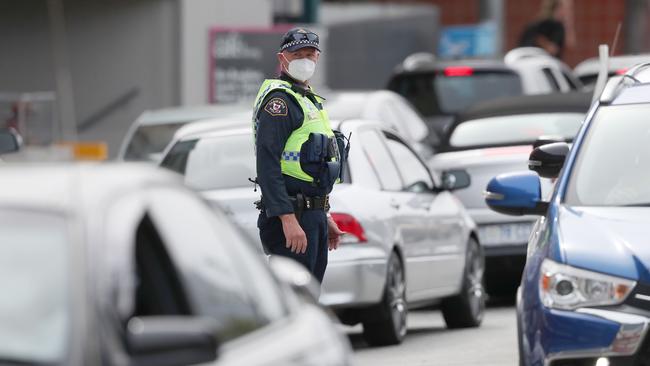
“We knew we might see a different result than the modelling. Modelling is a hypothetical scenario based on data known at the time.
“Models do not predict the future, but they can help us plan for different scenarios. “
Josh Willie asked whether the government’s messaging on vaccines for children was too weak, given the “very concerning” low rates for 5-11-year olds.
The double dose rate is around 51.1 per cent and has stagnated in recent months.
“Some of the parents I’ve spoken to haven’t vaccinated their children,” Mr Willie said.
“They often repeat the line repeated by the government that the symptoms are mild, so they’re not going to worry about it.”
Mr Rockliff acknowledged there was “some resistance from parents”, but that the government’s pro-vaccine messaging had been quite clear.
Dr Veitch said it had been “difficult to sell” the message to parents, noting that child vaccination rates had plateaued in other Australian states as well.
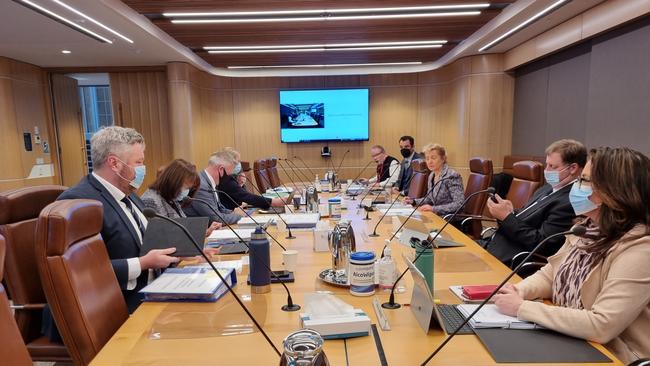
Dr Veitch also noted that vaccines for children did not significantly reduce transmissions in schools, and that Covid cases in children had been mild.
Mr Willie asked whether infection rates would increase when the government lifted their school mask mandates, but did not get a clear answer.
The issue of long Covid was raised, however Dr Veitch said international research on this topic was still ongoing.
He noted that symptoms could include tiredness, depression, difficulty sleeping, loss of appetite, joint pain, shortness of breath, and other symptoms.
Both Mr Rockliff and Mr Willie said they still had a persistent cough months after their Covid infections.


